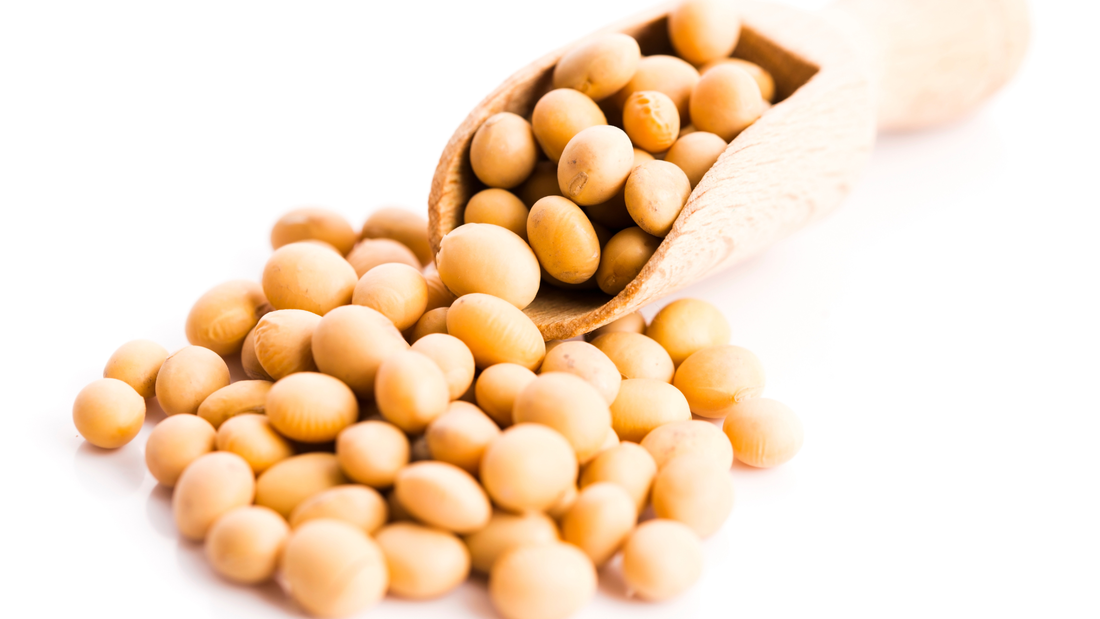Twin-screw extrusion is a highly efficient and versatile process. It involves the use of two intermeshing screws within a cylindrical barrel to transport, mix, melt, and shape materials. Twin-screw extrusion allows for precise temperature and pressure control, ensuring consistent and uniform product quality. Moreover, the flexibility of this process enables manufacturers to achieve desired physical and chemical properties, while also maximizing production efficiency. Overall, twin-screw extrusion is an indispensable tool in food processing, continually pushing the boundaries of innovation and enabling the creation of high-quality products.
The rise of soy protein
Soy protein has gained significant attention in recent years due to its nutritional benefits and versatility. It is a complete protein, meaning it contains all nine essential amino acids that the body needs for optimal function. Soy protein is also low in saturated fat and cholesterol, making it an excellent choice for individuals looking to maintain a healthy diet.
The role of extrusion in soy protein production
Twin-screw extrusion plays a crucial role in the production of soy protein by removing the oil from the soybean, resulting in defatted soy cake. The extrusion process involves heating the soybeans to a specific temperature and applying pressure to extract the oil. This process not only removes the fat but also enhances the digestibility and functionality of the protein.
Nutritional profile of defatted soy cake
Defatted soy cake is a highly nutritious ingredient that offers numerous health benefits. It is rich in protein, with an impressive amino acid profile that supports muscle growth and repair. Additionally, defatted soy cake is a good source of dietary fiber, vitamins, and minerals, making it an excellent choice for individuals looking to meet their nutritional needs.
The extrusion process used to produce defatted soy cake also contributes to its nutritional profile. The heat and pressure applied during extrusion improve the digestibility of the protein and enhance its bioavailability, meaning that the body can absorb and utilize the protein more efficiently.
Health benefits of defatted soy cake
Incorporating defatted soy cake into your diet can offer a wide range of health benefits. Firstly, the high protein content of defatted soy cake makes it an excellent option for individuals looking to build and maintain muscle mass. It is also a valuable source of essential amino acids, which are crucial for various bodily functions, including hormone production, immune function, and tissue repair.
Defatted soy cake is also a great choice for individuals looking to manage their weight. The high protein and fiber content of defatted soy cake can promote feelings of fullness and satiety, reducing the likelihood of overeating. Additionally, soy protein has been shown to have a positive impact on cholesterol levels, potentially reducing the risk of heart disease.
Environmental benefits of defatted soy cake
In addition to its health benefits, defatted soy cake also offers environmental advantages. Soybeans are a sustainable crop, requiring less water and land compared to other protein sources such as animal products. By incorporating defatted soy cake into their diets, individuals can contribute to the reduction of greenhouse gas emissions and the conservation of natural resources.
Applications of defatted soy cake
Defatted soy cake can be used in a wide range of food products, adding both nutritional value and functionality. It can be incorporated into baked goods, such as bread, cookies, and muffins, to increase their protein content without sacrificing taste or texture. Defatted soy cake can also be used as a binding agent in meat alternatives, providing a plant-based protein source that mimics the texture and flavor of meat.
The future of defatted soy cake
As the demand for plant-based protein continues to grow, the future of defatted soy cake looks promising. The versatility and nutritional benefits of this ingredient make it an attractive option for food manufacturers and consumers alike. With advancements in extrusion technology and ongoing research, we can expect to see even more innovative uses of defatted soy cake in the years to come.
Twin-screw extrusion technology has revolutionized the world of soy protein, allowing for the production of nutritious and versatile ingredients like defatted soy cake. With its high protein content, essential amino acids, and environmental advantages, defatted soy cake is a valuable addition to a healthy and sustainable diet. As the food industry continues to embrace plant-based alternatives, we can expect to see an increased demand for defatted soy cake and more exciting developments in the field of extrusion.

